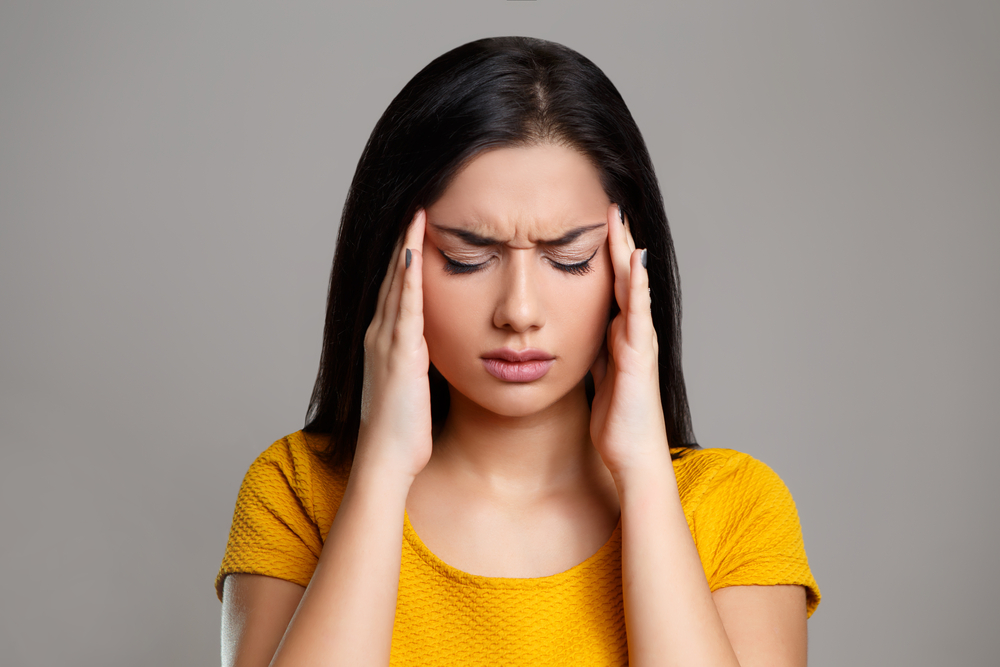Effective Strategies for Preventing and Managing Migraines
This comprehensive article provides in-depth insights into migraine prevention and management, covering medication options, lifestyle changes, and alternative therapies. It offers practical advice for sufferers to reduce attack frequency and improve quality of life through personalized strategies and holistic approaches.

Effective Strategies for Preventing and Managing Migraines
Migraines are a complex neurological disorder characterized by recurrent, often debilitating headaches accompanied by a range of symptoms that can severely affect daily life. They are not merely regular headaches but are caused by abnormal brain activity, vascular changes, and neurological sensitivities. Understanding the nature of migraines, their triggers, symptoms, and treatment options is essential for individuals who suffer from this condition and for healthcare providers aiming to provide effective care.
This comprehensive guide explores the various methods to prevent and manage migraines effectively. It covers medical treatments, lifestyle modifications, alternative therapies, and home-based remedies, providing a holistic approach to tackling this chronic condition.
**Understanding Migraine: Symptoms and Diagnosis**
Migraines typically manifest as intense, pulsating headaches often localized to one side of the head. They are frequently accompanied by other neurological symptoms, including visual disturbances, nausea, vomiting, and increased sensitivity to light and sound. Some sufferers experience aura symptoms—such as blind spots, flashing lights, or tingling sensations—that precede the headache phase.
Diagnosing migraines involves detailed medical history assessments, neurological examinations, and sometimes imaging studies. Healthcare providers evaluate the frequency, duration, associated symptoms, and possible triggers to distinguish migraines from other headache disorders.
**Comprehensive Management Strategies for Migraines**
Managing migraines requires a multifaceted approach, combining medications with lifestyle changes and alternative therapies. Each individual may respond differently to various treatments, thus personalized care is critical.
Medications are the cornerstone of migraine management, categorized primarily into two groups: acute or pain-relief medications and preventive therapies. Each plays a vital role in reducing the frequency, severity, and impact of migraines.
**Medications for Immediate Relief During Migraines**
These drugs are taken at the onset of symptoms to alleviate pain and associated symptoms swiftly. They should be used as directed by a healthcare professional and ideally in a quiet, dark environment to optimize effectiveness.
Over-the-counter pain medications such as ibuprofen, aspirin, and acetaminophen are suitable for mild to moderate migraines.
Specific medications like triptans (sumatriptan, rizatriptan, etc.) are prescribed for moderate to severe migraines. They act on serotonin receptors to constrict blood vessels and block pain pathways.
Anti-nausea medications like metoclopramide or prochlorperazine are often combined with pain relievers to control nausea and vomiting associated with migraines.
**Preventive Medications to Reduce Migraine Frequency**
These are administered regularly to lower the chances of attack recurrence, especially in individuals experiencing frequent or severe migraines. Preventive treatments aim to modulate underlying neurological or vascular components involved in migraine pathogenesis.
Beta blockers (e.g., propranolol, metoprolol) are often prescribed, especially for those with additional cardiovascular risk factors.
ACE inhibitors like lisinopril may also help in reducing migraine frequency.
Tricyclic antidepressants such as amitriptyline are effective for migraine prevention, especially in patients with concurrent mood disorders.
**Alternative and Complementary Therapies**
For some individuals, conventional medication may not be sufficient or suitable. Alternative therapies can provide additional relief and may be integrated into a comprehensive treatment plan.
Acupuncture involves inserting fine needles into specific points on the body to modulate pain pathways and has shown promise in reducing headache frequency.
Biofeedback uses electronic devices to teach control over physical responses like muscle tension and heart rate, helping manage stress-related triggers.
Massage therapy can relax tense muscles and improve circulation, often decreasing the frequency and intensity of migraines.
Herbal remedies, vitamins, and dietary supplements—such as feverfew, butterbur, magnesium, riboflavin (Vitamin B-2), and Coenzyme Q10—may contribute to migraine prevention. However, it’s essential to consult healthcare providers before starting any supplements, especially if you are on other medications or have underlying health conditions.
**Lifestyle and Home-Based Remedies**
In addition to medical treatments, lifestyle modifications are vital in managing migraines effectively. These non-pharmacological approaches can often significantly reduce the frequency and severity of attacks.
Stress management techniques like relaxation exercises, meditation, yoga, and progressive muscle relaxation help mitigate one of the primary migraine triggers.
Maintaining a consistent sleep routine by going to bed and waking up at the same time daily can prevent sleep-related triggers.
Avoiding known triggers such as certain foods, dehydration, caffeine, alcohol, and environmental factors is crucial. Keeping a headache diary helps identify personal triggers.
During an attack, resting in a dark, quiet room and applying cold packs to the forehead or neck can ease pain.
Staying well-hydrated and eating regular, balanced meals can also reduce migraine episodes.
**Proactive Approaches and Supportive Measures**
Educating patients about migraine triggers, stress management, and the importance of adherence to treatment regimens enhances outcomes. Support from family, workplace accommodations, and counseling can support individuals in managing their condition holistically.
**Conclusion**
Managing migraines effectively involves a combination of medical treatments, lifestyle modifications, and alternative therapies. Recognizing individual triggers and symptoms allows for tailored strategies that improve quality of life. Consultation with healthcare professionals is essential for designing an appropriate, safe, and effective migraine management plan. With ongoing care and lifestyle adjustments, many individuals experience reduced attack frequency and severity, leading to better daily functioning and overall well-being.





